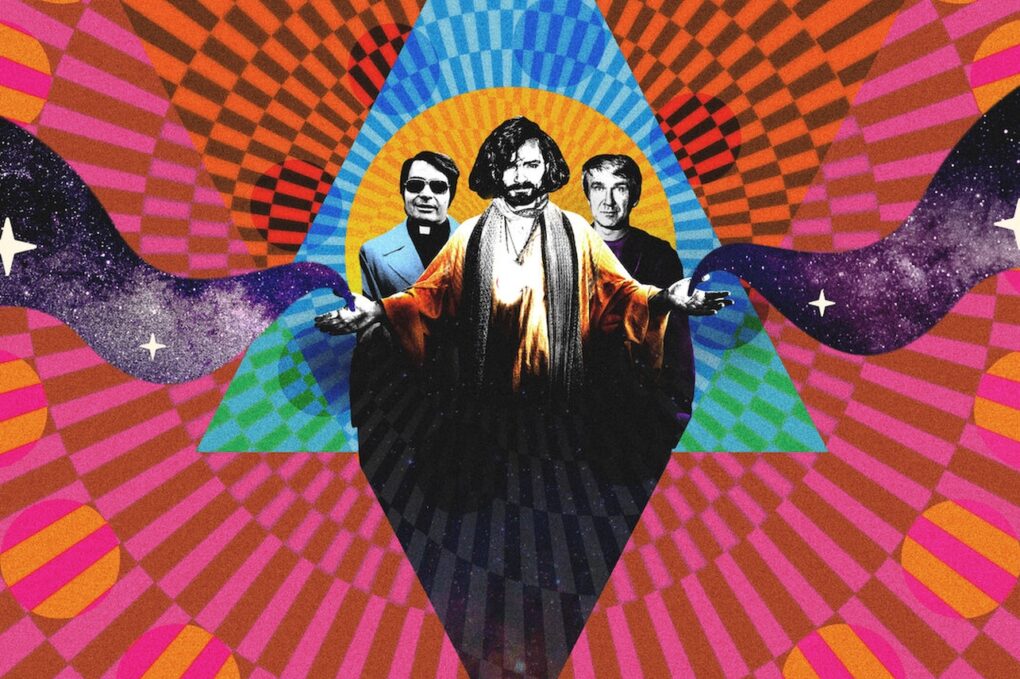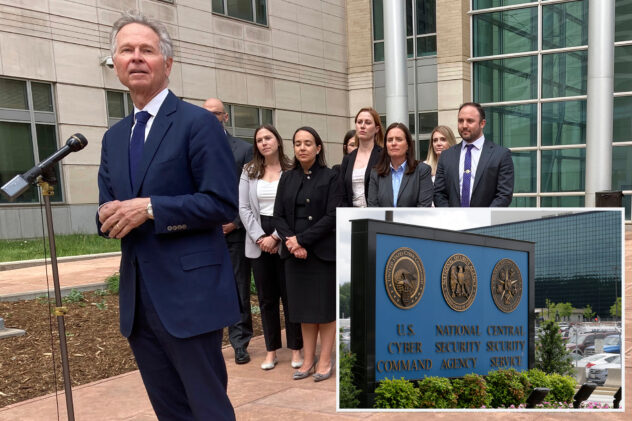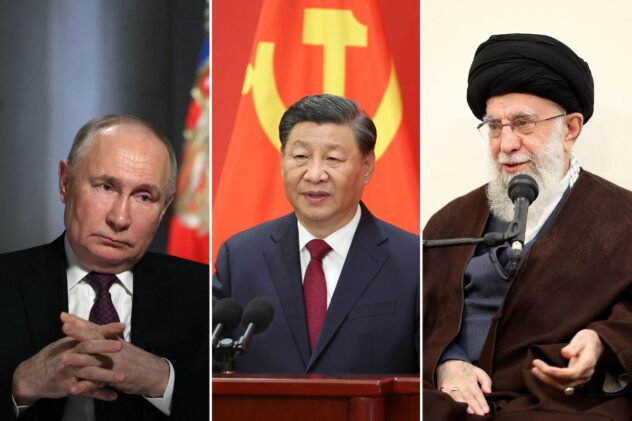Stream It Or Skip It: ‘How To Become A Cult Leader’ On Netflix, A Snarky “Handbook” On How To Start Your Own Cult, Based On Those Who Did It

Two years ago, Netflix dropped How To Become A Tyrant without any fanfare and it did well, given how it profiled dictators via an interesting “handbook” format. Now the producers of that series have applied that format to another group of charismatic sociopaths: cult leaders.
Opening Shot: Scenes of cult leaders, and Peter Dinklage’s voice saying, “Unconditional love, endless devotion, and the power to control people’s minds, bodies and souls. All of this can be yours. You just have to follow this playbook.”
The Gist: How To Become A Cult Leader provides a “handbook” on how to start and maintain your very own cult. In the process, six notorious cult leaders are profiled, based on the aspect of the handbook they had perfected. Via interviews with experts and former cult members, animated reenactments and archival footage, each aspect of becoming a cult leader is broken down into even more granular steps, with comparisons of how other leaders achieved each of those steps versus the episode’s main subject.
In the first episode, “Build Your Foundation,” we learn about how Charles Manson went from a petty criminal to the leader of a murderous “family” that consisted mostly of vulnerable young women. As you probably know, three Manson “family” members murdered actress Sharon Tate and seven others over two days in August of 1969. Manson leaned how to apply his narcissistic charm when he was in prison in the 1950s, and used that charm to make people, mostly those vulnerable women, think he was paying attention only to them. He moved to San Francisco in 1966, grew out his hair, learned guitar, and sang around the free-love community in order to recruit followers. In the end, as the episode points out, he totaled less than 100 members in his cult.
That’s when we get the second episode, “Grow Your Flock,” about Jim Jones, and how he grew his People’s Temple to over 20,000 members by the time he built Jonestown in Guyana in the late 1970s. As most of us know, Jonestown became the site of a mass murder-suicide in 1978, and where the phrase “drinking the Kool-Aid” was born (though not every one of the over 900 people who died actually drank the poisoned punch, which was Flavor-Aid, as one of the experts points out at the end of the episode).
Other episodes: “Reform Their Minds”, profiling Jaimie Gomez; “Promise Eternity,” profiling Marshall Applewhite; “Control Your Image”, profiling Aum Shinrikyo; and “Become Immortal”, profiling Rev. Sun Myung Moon.

What Shows Will It Remind You Of? This is the exact format (and production team) that brought us How To Become A Tyrant.
Our Take: While the format of How To Become A Tyrant felt a little weird and off-putting to us, we must have gotten used to it enough to not be surprised about the “handbook” feel of How To Become A Cult Leader. It does feel like the producers of this How To Become series learned a few lessons from Tyrant, because Dinklage’s narration for Cult Leader is less snarky than it was for the first iteration of this series. It also seems to concentrate more on the biographical aspects of the particular cult leader’s story than try to be clever with its handbook conceit.
Yes, the series is profiling some pretty famous cult leaders, ones we’ve been hearing about for decades. But through the first two episodes, we still got biographical background on Manson and Jones that we either didn’t know or had forgotten, like Manson’s criminal background and Jones’ ability to alter his sermons depending on his audience. Interviews with former People’s Temple members really punctuate that episode, and those interviewees provide expert testimony to the other episodes.
What we also appreciate is that the series doesn’t go with all of the best-known cult leaders, mainly because their stories have been picked clean in pop culture of late. That’s why people like Keith Raniere and David Koresh are mentioned in passing but not given their own episodes. Yes, we’ve gotten docuseries about Heaven’s Gate in recent years, too, but Applewhite is still a bit of an enigma, so we’re looking forward to that episode. What we’ve seen of Rev. Moon is generally him presiding over mass weddings, so more details on his rise will be interesting, as will the profiles of Gomez and Shinrikyo.
Sex and Skin: None, outside of some pixelated archival footage in the Manson episode.
Parting Shot: A preview of the next “chapter”, which focuses on Jim Jones.
Sleeper Star: Like with the first series, we liked the animated reenactments, created by 6 Point Harness. We also hung on the interview of former Manson family member Dianne Lake.
Most Pilot-y Line: The 30-second summary of the country’s turmoil in the late-’60s — “There were a couple of assassinations: Bobby Kennedy, Martin Luther King,” says an expert perfunctorily — was reductive and unnecessary.
Our Call: STREAM IT. The format of How To Become A Cult Leader isn’t quite as grating as its predecessor, How To Become A Tyrant, and that leaves room for the show to provide a lot of information about how the cult leaders it’s profiling managed to wield so much influence.
Joel Keller (@joelkeller) writes about food, entertainment, parenting and tech, but he doesn’t kid himself: he’s a TV junkie. His writing has appeared in the New York Times, Slate, Salon, RollingStone.com, VanityFair.com, Fast Company and elsewhere.
















